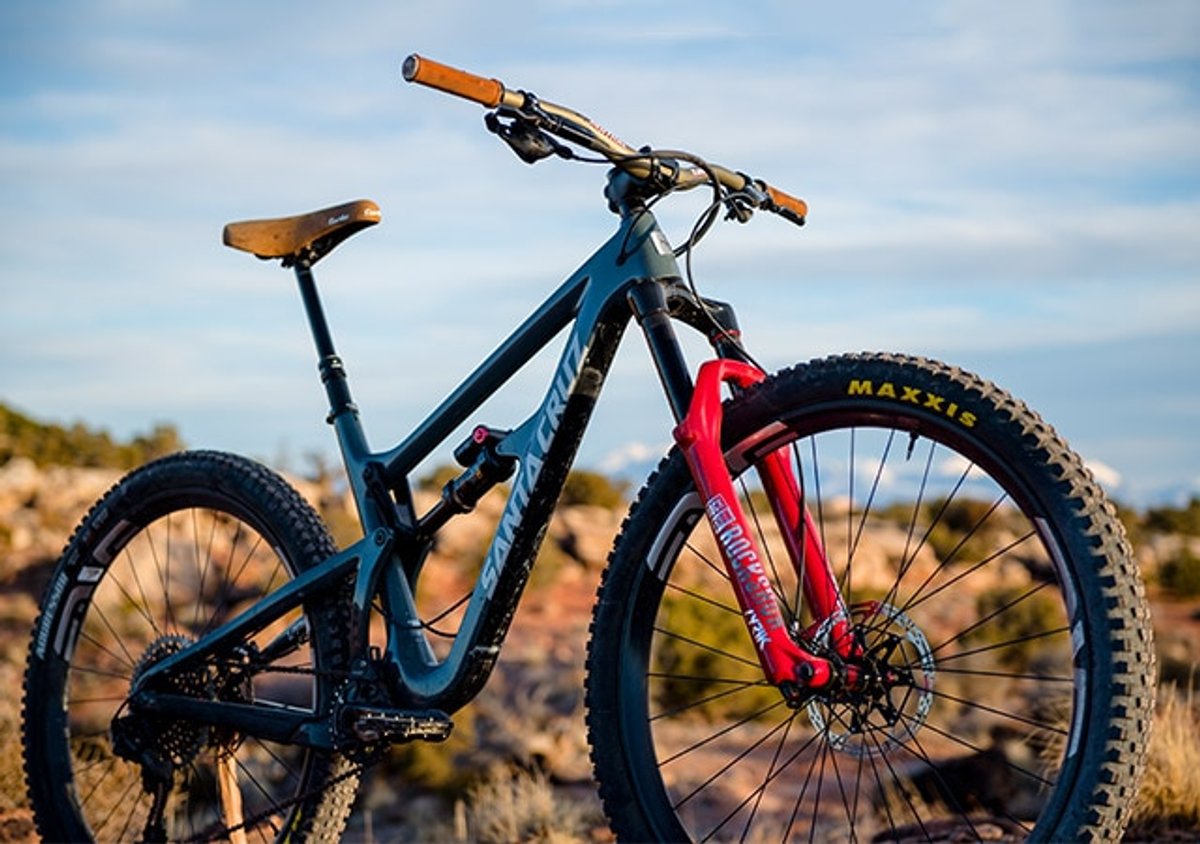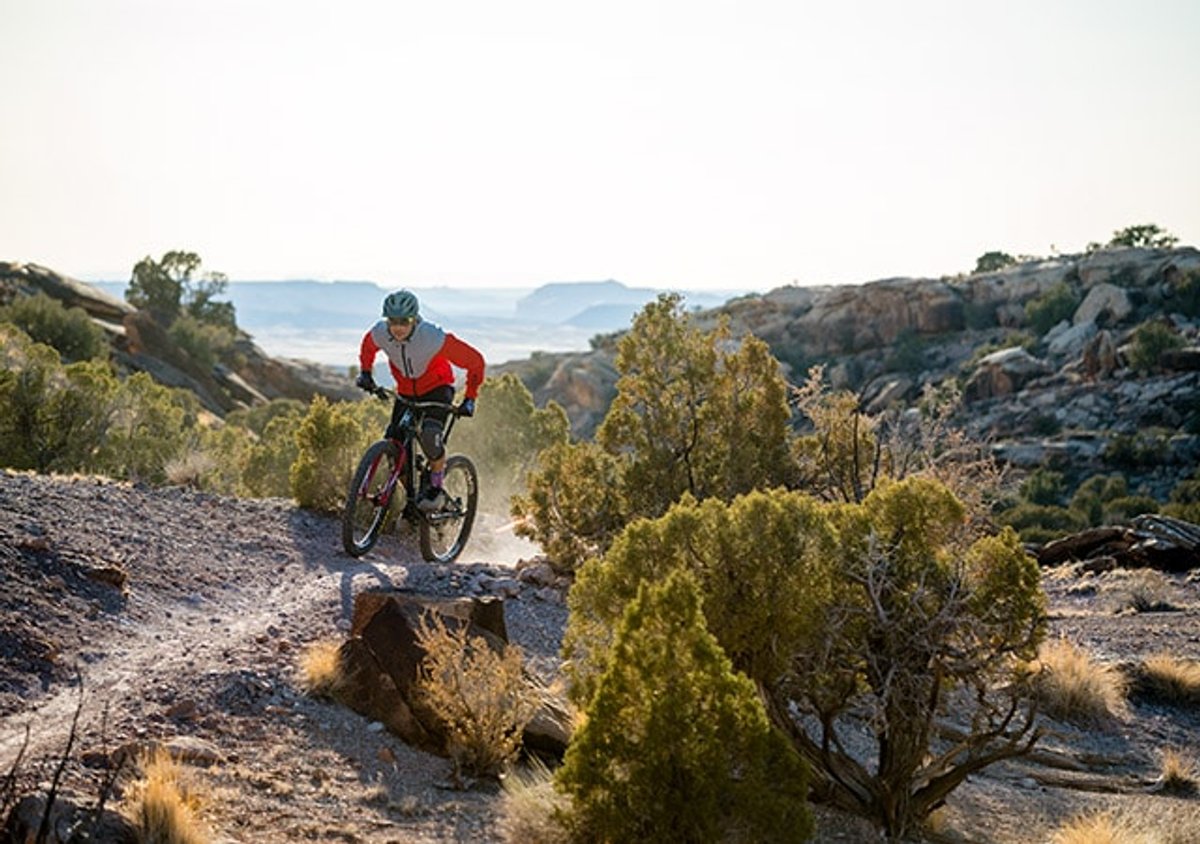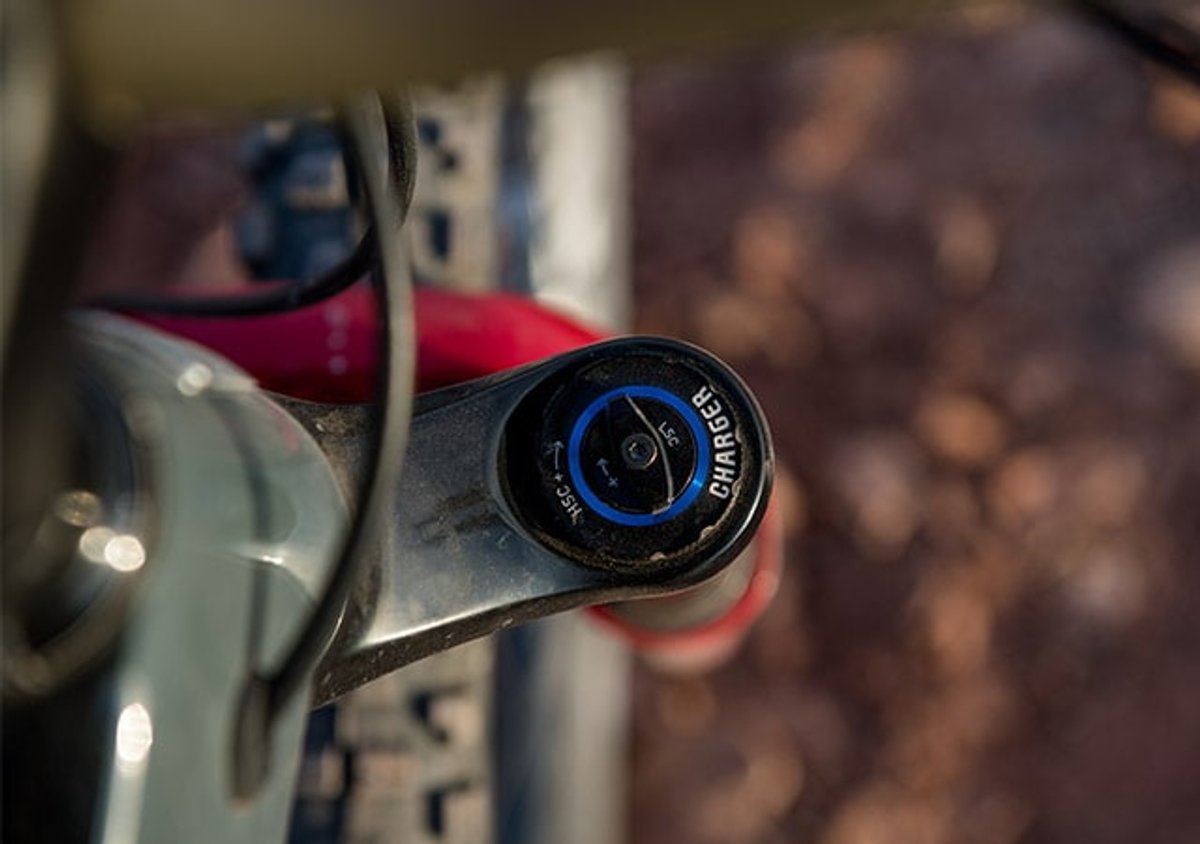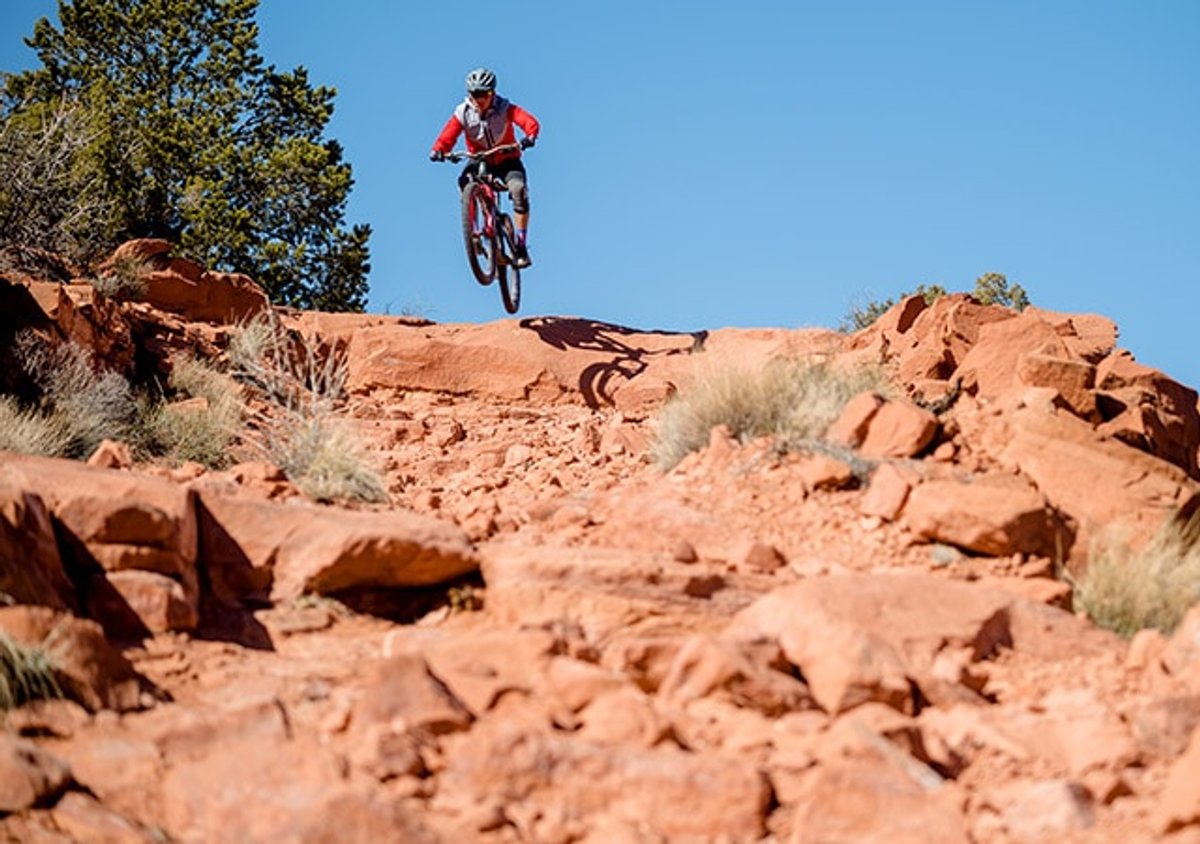
Reviewed: 2019 RockShox Lyrik RC2
Intro
With the benefit of nearly three months of testing, here’s what we’ve found regarding the updates to the already impressive Lyrik.

When RockShox launched the redesigned Pike and Lyrik early last year, the improvements to these two benchmark forks were undeniable. The Pike’s redesign focused on shedding weight and enhancing stiffness, which was made possible by eliminating the overlap in travel between the two. This allowed the Lyrik to step out of its star sibling’s shadow and really come into its own. And the results were evident almost immediately. Apart from a dramatically improved on trail feel courtesy of a new air spring and refined damper, these improvements also contributed to the dramatic success of the Lyrik in the Enduro World Series, where overall men’s and women’s champions Sam Hill and Cecile Ravanel piloted the new fork to class victories, while rising star Adrien Dailly notched his belt with an impressive three wins aboard the new fork.
The results speak for themselves. So why then has RockShox updated the Lyrik only a year into its tenure as arguably the fork to beat? The reason is that there was still room to make it better. Rather than completely overhauling the now thoroughly proven unit, RockShox opted to refine the formula, adding a revamped version of the DebonAir spring and, in a somewhat surprising twist, adding independent high and low speed compression adjustment to the refined Charger 2 damper. Finally, they decided to offer it in red as a nod to the 20th anniversary of the Boxxer. So, how do these updates translate on the trail?

Of the upgrades to the Lyrik RC2, the immediately visible one is the damper, or more specifically, the independent high speed compression (HSC) and low speed compression (LSC) adjustments at the top of the driveside leg. For my money, this is the biggest single upgrade to the new Lyrik, which makes it refreshing that RockShox is offering this damper as an upgrade for both the previous Lyrik and Yari at a price of ~$250.
The previous iteration of the Lyrik’s Charger 2 damper paired adjustable LSC with a three-position lever that offered an open, a firmer, and a near locked out climbing setting. Rather than adjustable HSC, the previous iteration had a pre-set HSC setting that worked fairly well for riders in the middle of the weight and speed distribution curve.

Although I was overall quite impressed with the previous Lyrik, I always found the HSC to be a bit underdamped. As a result, the fork seemed to settle a bit deeper in the travel on successive hard impacts. Ultimately, that factor drove me to choose the Lyrik’s main rival, Fox’s phenomenal 2018 36 RC2 EVOL, for my personal bike due to its independent HSC and LSC adjustments.
The new Lyrik’s RC2 Charger 2 damper addresses those issues beautifully. Although the Lyrik only has a surprisingly limited five clicks of HSC adjustment, RockShox has done their homework to ensure that those adjustments offer a sufficient range to cover essentially any rider, without providing a broad enough range for riders to get lost in the weeds. The 20 clicks of low speed compression allow riders to balance their desired support against their spring rate and preferred feel. And the damper itself delivers an impressive level of support without ever feeling harsh or spiking, even when run with heavier damping. Less fussy riders may not appreciate the difference, but for those of us who track changes to our settings throughout the season and generally regard pickiness as a good thing, this damper finally rivals Fox’s benchmark RC2 unit. For those riding a previous generation Lyrik or Yari and wanting more from their fork, this damper would be money well spent.
Air Spring
The redesigned DebonAir spring in the new Lyrik may not represent as monumental a shift as the damper, but it is an incremental improvement in two major ways that make it better than its immediate predecessor. The first is the updated seal at the bottom of the stanchion, which has been changed from a Delrin unit to an alloy item with a longer bushing that is both more resistant to bending forces and reduces drag massively. Not that the previous unit felt sticky by any means, but RockShox claims more than a 50% improvement in running friction, which means less heat, less wear, and greater sensitivity.
The second, more noticeably update is an enlarged negative air spring that is claimed to enhance midstroke support. Those of you with a thorough understanding of air springs may question this claim, as the true benefit of enlarging the negative air chamber is that it provides a greater counterforce to the positive spring, which makes the fork feel softer off the top. And while enlarging the negative chamber doesn’t actually generate more midstroke support per se, in practice, it allows for a stiffer effective spring rate, which does translate into greater midstroke support. The upshot is that the DebonAir spring allows the fork to maintain the higher ride height that has become a RockShox calling card while offering enhanced suppleness that improves the on trail feel.
Like the updated Charger 2 damper, this new DebonAir spring is also available as an update for previous Lyriks and Yaris. I’d argue that the difference is less dramatic than the damper upgrade, but individuals upgrading their dampers would be well justified in dropping the extra ~$50 to get the new air spring assembly as well.
Chassis
Although the new Lyrik’s chassis remains essentially unchanged from the updated 2017 version, it’s still worth exploring. The fork is available in 27.5 and 29″ versions, and the only difference is the option of two offsets per wheel size, including a shorter offset version tailored to the rapidly expanding selection of bikes built around what is being billed as “next generation” geometry, characterized largely by longer trail measurements and steeper seat tube angles.

The Lyrik retains one of my personal favorite features, namely its remarkably robust crown assembly that lends the fork a fore-aft stiffness advantage over Fox’s 36. The stiffness is further enhanced by the ability to run RockShox-exclusive Torque Caps on compatible front hubs. Although I’ve been testing this fork without Torque Caps, an extensive amount of back to back testing on other RockShox forks has left me thoroughly convinced that, while certain individuals deride them as mere snake oil, Torque Caps do make a noticeable difference in the fork’s torsional stiffness under braking. Whether the added stiffness at the crown or at the axle is desirable is largely down to rider preference, but the fact remains that it’s noticeable, especially for heavier or faster riders.

Finally, there’s one detail that may seem trivial, but which deserves considerable praise, and that’s the fork’s top caps. Rather than the traditional socket interface, RockShox has pivoted to a top cap design that uses cassette lock ring tool. For anyone who’s ever tried to track down an oddball sized socket, then had to grind off the chamfers just to add or remove volume spacers to tune the air spring’s end stroke ramp up, this change is an absolute blessing. Well done, RockShox.
Notables
During testing, there was one peculiarity that came to light. Due to the increased negative air volume of the new DebonAir spring, the fork sits roughly 5mm into the travel. In other words, there’s 5mm of travel at the top of the stroke where the force of the positive and negative chambers perfectly balance, so the fork won’t quite return to full height unless its fully unweighted. This initially caused some concern, but after an extensive back and forth with the folks at SRAM, it was determined that this is an inherent trait of the new DebonAir spring. This phenomenon was described as static sag, not unlike you’ll find in other suspended wheeled vehicles. By the time rider sag is taken into account, this quirk has absolutely zero impact on the fork’s available travel in a functional sense, but it also seemed to be worth pointing out. And before anyone jumps to the tired “I want every millimeter of travel that I paid for!” retort, I’d contend that to take such a stance is to miss the point entirely. This version is, after all, decisively better than the previous Lyrik, 5mm of “missing” travel notwithstanding.
In Summary
RockShox has absolutely nailed it with the Lyrik RC2. Although I preferred the previous Lyrik to the FIT4 version of FOX’s 36, my fork of choice has been the 36 RC2 EVOL, driven largely by the additional fine tuning afforded by its damper. With the RC2, RockShox finally has a genuine challenger to FOX’s premier version of the 36 and If I’m being honest, the two forks are remarkably evenly matched. Considering my lofty opinion of the 36 RC2 EVOL, I could hardly offer higher praise.
Thus, the hair-splitting beings. For one thing, the Lyrik is noticeably stiffer, if only slightly. It’s debatable whether that’s a decisive advantage. For lighter riders, that stiffness may actually come at the expense of comfort. For heavier riders, however, it almost certainly means added precision when pushing the pace. Beyond that, the Lyrik RC2 feels just a bit suppler, which is most easily appreciated when riding at less than flat-out race speed. For many riders, that’s going to tip the scales in favor of the Lyrik, and if I’m forced to pick sides, I’d add myself to that group of riders. Consider the Lyrik RC2 my new personal benchmark. At the moment, it really doesn’t get better than this.